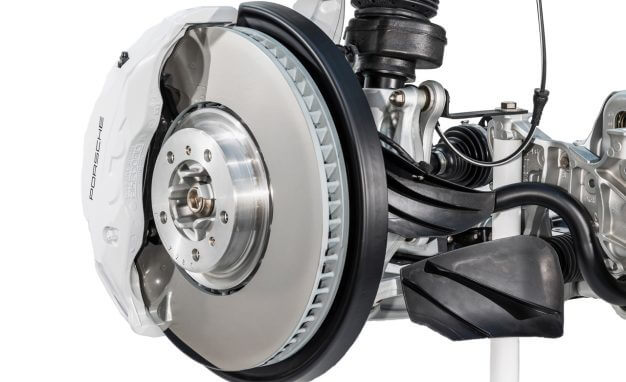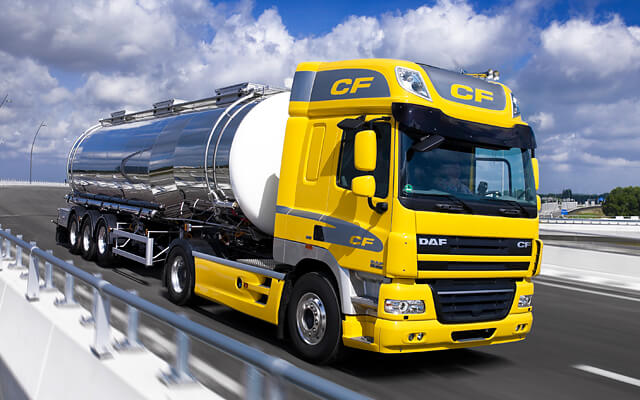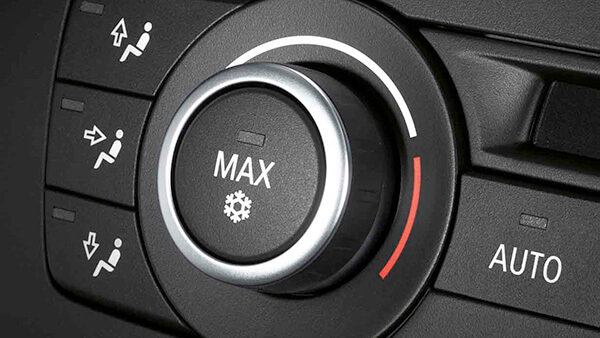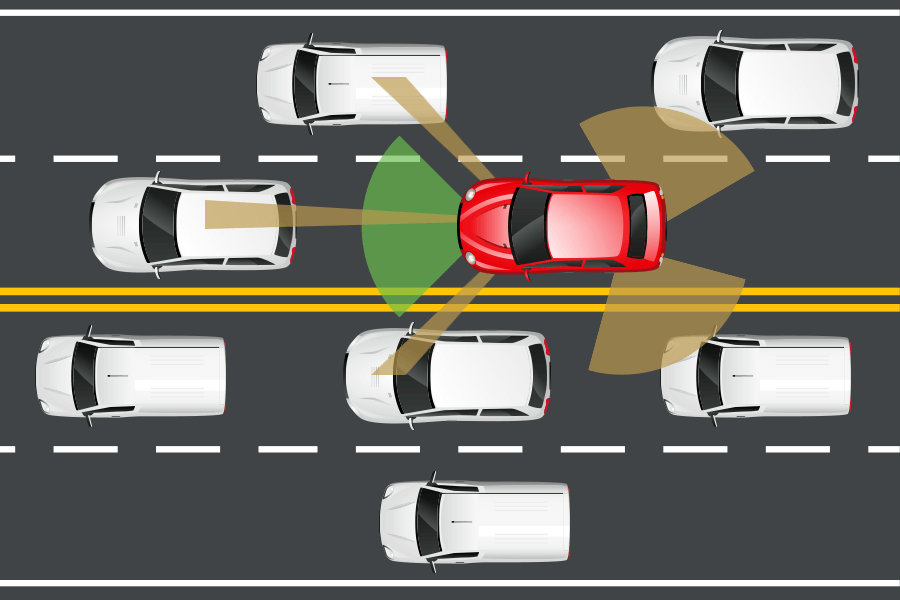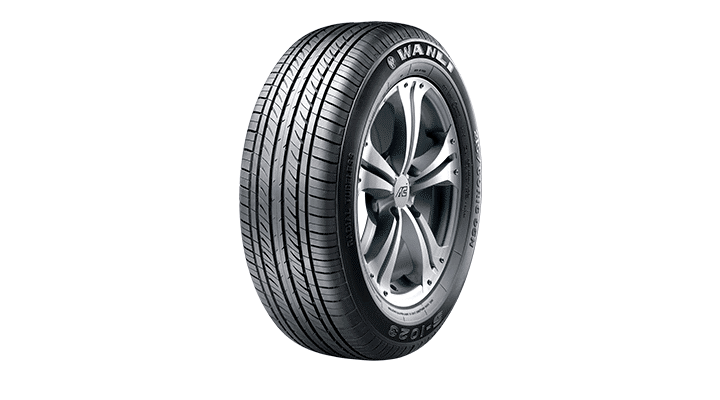The braking system is one of the most important systems in a car that we cannot take chances with. This is because the essence of traveling is stopping at your destination. For that reason, we will look at the fluid that makes it all possible and the key considerations to note.
Brake fluid is simply some sort of a hydraulic fluid because it transfers the effort you apply to the brake pedal to the components that stop the vehicle.
The brake fluid used in most cars looks like oil, but it’s quite different and completely incompatible with oil.
Brake fluid is very sensitive to contamination and something as simple as dipping an oily finger into a brake fluid reservoir will contaminate the system, potentially causing brake failure.
Over time, brake fluid absorbs moisture from the atmosphere. This reduces its boiling point and corrodes brake system components.
Heat generated by the brakes can cause water-logged fluid to boil, resulting in sudden and unexpected brake failure. It must, therefore, be changed at regular intervals.
Most vehicle manufacturers recommend change intervals of around two years, irrespective of kilometers traveled.
Grades of brake fluids
Brake fluids are categorized by a Department of Transportation (DOT) number which defines the fluid’s characteristics and boiling point.
DOT 3 or 4 fluids are common.
Always check the vehicle’s handbook before buying brake fluid, as some manufacturers have specific requirements.
In theory, a DOT 4 fluid can be used in place of a DOT 3 fluid. However, in practice, this isn’t always the case. Some brake system materials are incompatible with fluids other than those specified.
A DOT 3 fluid should not be used where a DOT 4 fluid is specified due to their different boiling points.
Rolls Royce is one of a few manufacturers that don’t use conventional fluids, instead specifying a mineral oil. It is not compatible with conventional systems and will severely damage the system if used.
Storage and handling
Brake fluid is particularly damaging to paintwork so never attempt to mop up, wipe or rub spills. Spills should be immediately flushed away with plenty of water.
Due to its affinity for moisture don’t use a fluid that has been stored for long periods after opening. It’s preferred to use fluid from a sealed previously unopened container.
Warning signs
It’s normal for brake fluid reservoirs to require an occasional top up; however, any vehicle demanding frequent refilling needs professional investigation as a leak may have developed. For more information, keep in touch to learn more about car maintenance and basic skills.
